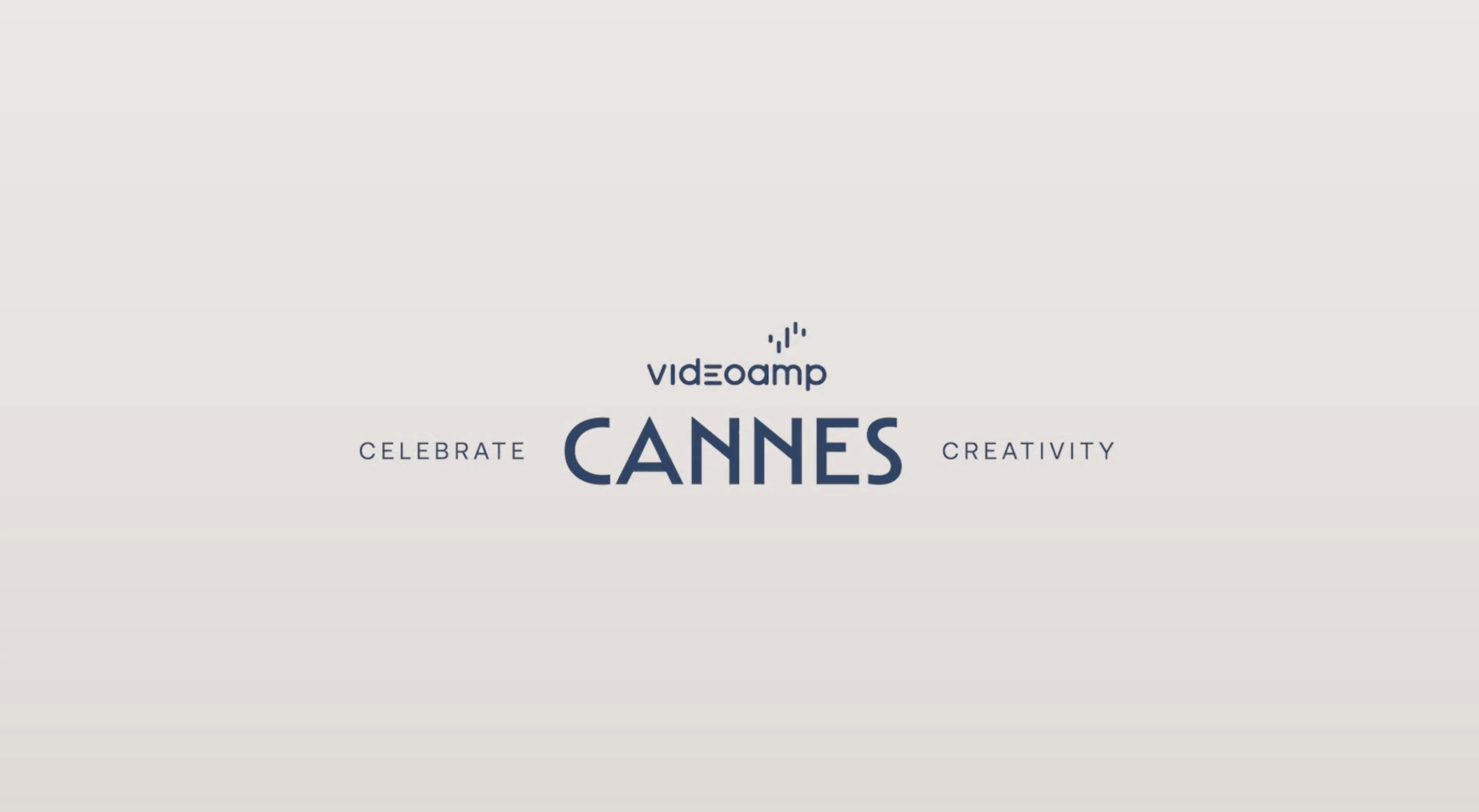A New Measurement Paradigm

The TV landscape is evolving and changing at a rate we couldn’t possibly anticipate at its outset over 50 years ago. Look at any technology adoption chart and there’s evidence to this fact. Audience measurement however, and how we look at media consumption has struggled to keep up. While analytics, data science and business intelligence emerged to expand the depth and breadth of what we can explore and understand about our audiences, it doesn’t always offer clarity on the core KPIs most essential to the buying and selling processes or provide context. Linear measurement in particular has relied primarily on panel-based methodologies. These are expensive and slow to change – in today’s world, measurement needs to be more of a team sport, with all participants involved – media companies, advertisers, and agencies in lock step with the measurement companies. In my opinion, we are on the verge of a watershed moment in audience measurement where this is happening, and new approaches to data collection and synthesis are rising to change the way we think and transact in media. Now is the time to change how we think about audience measurement.
Given the complexity of consumer engagement with content across a multitude of platforms (whether the content is program or advertisement), a single source measurement solution is no longer relevant. One source of truth rising to serve all masters is just not practical. Perhaps up until the point where channel capacity was limited, and bandwidth narrow, but this is no longer the case. The world changed materially for media when multiple streams of data to track and monitor time-shifted viewing emerged, and then it catapulted forward when on-demand viewing became the rule and not the exception. Consumers are in control, determining when, where and how they consume content.
Methodology and data collection approaches need to keep pace with changing consumer behaviors, and better align with industry needs and expectations. While we have considered and debated what standards look like over the years, smart industry groups like the IAB, ANA, CIMM, and the MRC for example, have devoted much time and effort, to bring the voices of the industry together to sift through how those standards should be defined. The IAB’s viewability standards for online advertising is one example. Working towards compliance, refining business rules, and utilizing third party data validation to ensure data achieves this, ensures we are all adhering to consistent best practices and delivering on the core KPIs for transacting business.
For media and advertisers, getting your content house in order is critical. The structure and naming of your content should be a core consideration in guiding the collection and processing of your own data, or that from data partners. And, this framework should be upheld through your organization. Leaving these decisions solely to the tech experts in your organization, potentially compromises the consistency and integrity of your content’s measurement. What can advertisers and content providers do today to better operationalize this goal for the future?
- Establishing business rules for measurement through teams like Data governance should be the new must-have.
- Devising measurement plans, specific naming conventions, and content taxonomies should be a priority, if they are not already.
- Building or updating the systems that are the backbone of ad stewardship and optimization need to be in compliance as well.
In order to achieve better measurement, the industry must do away with antiquated practices that prohibit all parties working towards the same goal; namely by doing away with silos across the industry, and instead working together to compare notes on structure, business rules, and best practices. Leveraging a measurement partner at this stage reinforces and enhances the work that has already been done, further solidifying a path to better measurement.
We’re all looking at this through different lenses, but at the end of the day, we need the same KPIs to transact business. Establishing the framework isn’t complicated, we’ve been solving those measurement problems for years. Aligning our systems and operations for consistent synthesis of the data and transport across the business ecosystem involves time, money and effort.
One measurement source at the root of all this? What we are able to understand in our audience data is much more sophisticated than a mere exposure. Offering core KPIs should be table stakes for all measurement, and the nuances of what new approaches can offer helps us to build better consumer experiences, and adds value to the buying and selling of media. Given the number of new and brilliant approaches rising up in the marketplace, why wouldn’t we consider tapping into more sources of brilliance to create a new measurement paradigm?
SOURCE: THIS piece was originally published in the "Hocus focus" newsletter on november 15, 2021
